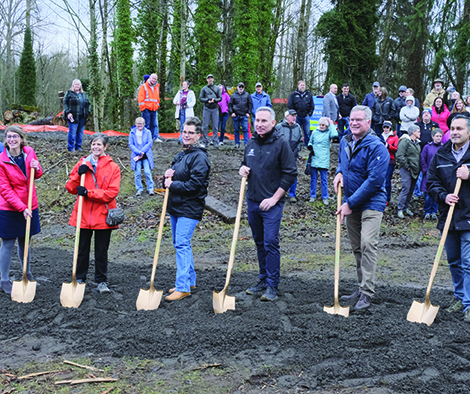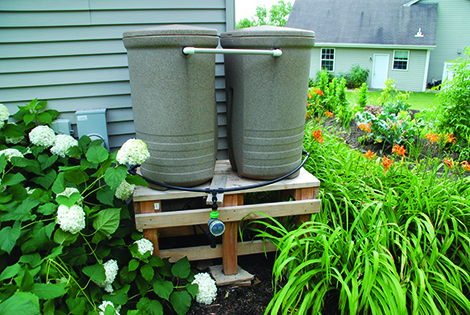Seniors worried about retirement savings
Fearful of outliving their savings, many older homeowners are making difficult lifestyle choices to cut expenses, according to a national survey of 1,500 people 60 to 75 years old.
The survey conducted last November by American Advisors Group (AAG), which works with older adults on financial planning involving the use of home equity, also provided evidence that despite inflation and economic concerns, some seniors have managed to weather the storm without making lifestyle changes. However, some seniors have had to cut back.
“The retirement savings crisis is a real thing. Our (survey) data highlights the severity of the crisis and the actions seniors are taking to make ends meet,” said Chris Moschner, AAG’s chief marketing officer.
“In inflationary times like these a reverse mortgage is one option seniors can utilize to generate increased cash flow by unlocking their home equity and easing the pressures on everyday expenses.”
Of the seniors who responded to the survey:
- 89 percent believe there is a retirement savings crisis.
- 43 percent rated the condition of their retirement savings as fair or poor.
- 47 percent find it difficult to save for retirement.
- 44 percent haven’t saved enough to retire comfortably.
- 57 percent are somewhat optimistic or not optimistic at all that their savings will last through retirement.
- 40 percent are worried about making ends meet, and almost 60 percent are cutting back on non-essentials to save money. The latter includes less dining out, travel, and entertainment.

